
Get fit. Stay fit. Easy goals to set, but they’re hard to achieve.
At least part of the reason for that is that the science on fitness and dieting has changed over time. People who read about fitness in the ’70s heard different information than those who read about fitness in the ’90s. And the scientific consensus in the ’90s was based on less complete information than researchers have today.
But those old ideas stick around, and sometimes bad new ideas — only supported by one or two studies — get repeated in the media as fact. Here’s the truth about some widely-believed myths about how to be healthy.
Myth: Fat makes you fat
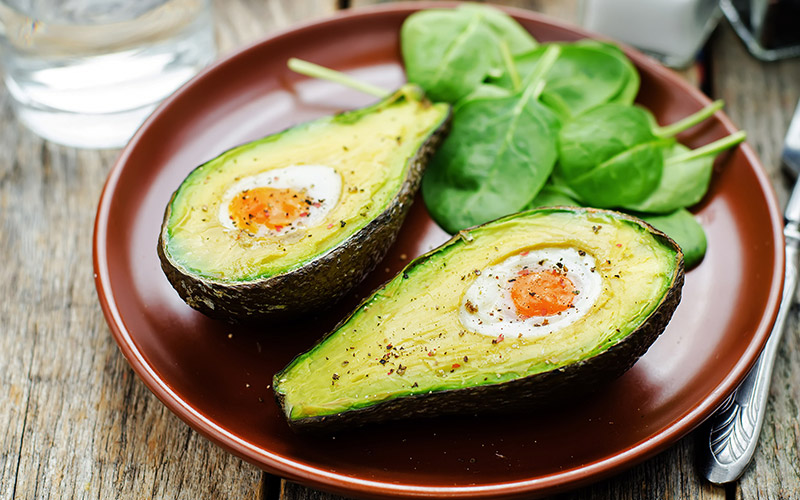
If you brought a space alien to the average American supermarket and let them wander around, they’d probably tell you “fat” was a kind of human poison, on par with arsenic and mercury. And it makes a kind of intuitive sense to say that fat makes you fat. But that’s not how our bodies work.
As with any nutrient, it’s possible to overeat fat. But fats, especially the healthy sort that come from olive oil, avocados, and nuts, are an essential part of our diet. And when you don’t eat them, you’re not just depriving yourself of something your body needs, you’re making it harder for you to feel full — and increasing the chance you might overeat.
Myth: Fat-free food is healthy food
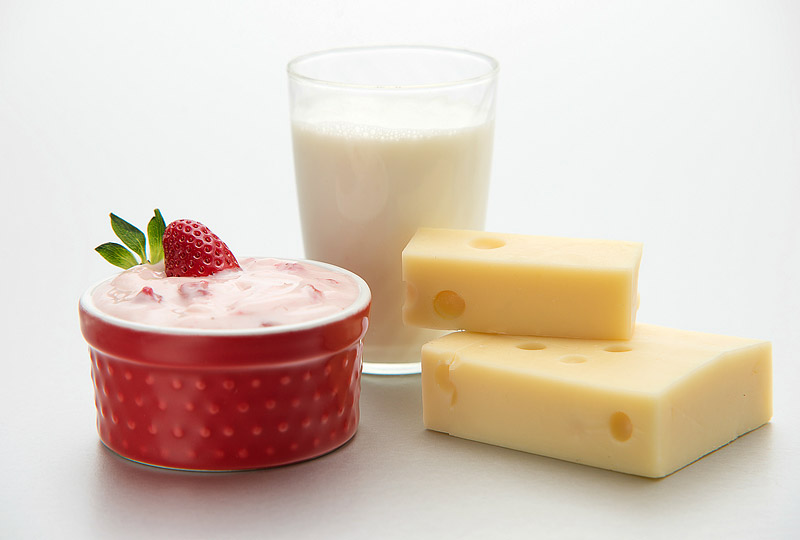
In the effort to strike fat from the American diet, a massive industry of fat-free foods rose up — especially in the dairy section. The implication of slapping “fat-free” on a product is that it’s healthy. But the thing is, you can call plenty of unhealthy foods fat-free. Think about soda, candy, and beer.
And unfortunately, many fat-free products are in fact packed with a much more dangerous substance: sugar. “Healthy” yogurts are especially bad in this department. In fact, people who eat low-fat dairy foods are more likely to be overweight.
Myth: No pain, no gain
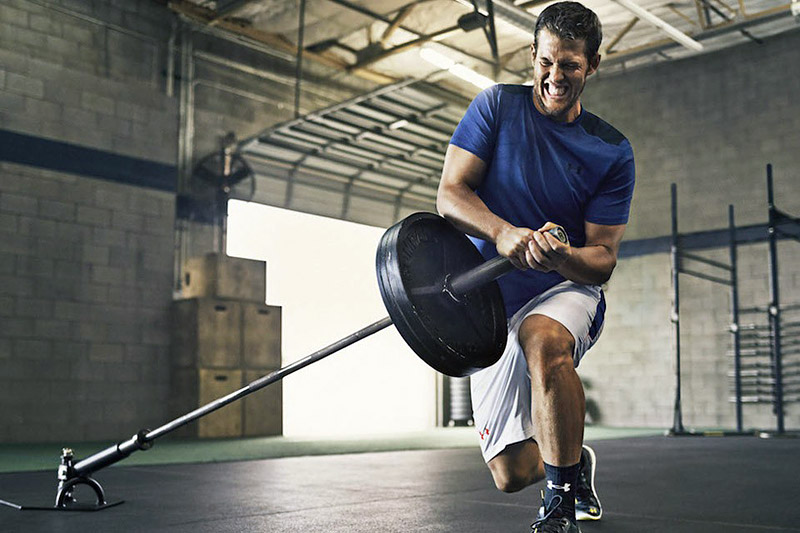
“No pain, no gain” is a popular idea in the workout world, forming the foundation of several popular programs. But in reality, working out long after your body starts telling you it’s getting damaged poses a serious injury risk. Which is not to say you shouldn’t push yourself.
Some soreness after exercise is a sign of natural strengthening processes in your muscles (that don’t, incidentally, have anything to do with lactic acid.) And while the potential benefits of high-intensity exercise are huge, pain-free moderate exercise is powerful as well.
Myth: You need to drink eight glasses of water a day
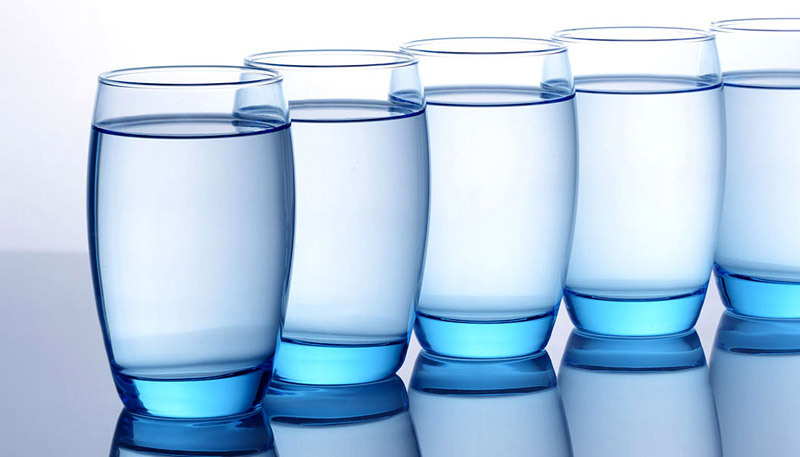
Listen, staying hydrated is important. And sometimes when you can’t sleep or start feeling irritable or fatigued, the problem is really dehydration. So for people who struggle to remember to drink water, setting a goal might not be the craziest thing in the world.
But, as Randall Monroe illustrates so well in the above XKCD, there’s no science (or sense) behind the magical eight glasses number. In general, pay attention to your body and the weather. Drink as much water as you need to feel hydrated. And you’ll probably be fine.
Myth: You can be too old to start exercising

There’s an idea out there in the culture that if you don’t get fit young, you never will get fit. That turns out to be nonsense. Our best research on this subject shows that people who started exercising late in life — even after their 70th birthdays — saw increases in fitness and lived longer than their friends who remained sedentary.
Myth: Drinking a glass of red wine every day will make you live longer

A few studies have suggested very minor cardiovascular benefits to certain substances in red wine, when consumed in very small quantities. But even the researchers behind that work think we all need to cool it with the booze. And there’s good evidence that there was no truth at all to this idea in the first place.
More saliently, regular drinking is associated with disturbed sleep, decreased happiness,and increased cancer risk. It certainly doesn’t make you healthier (sorry).



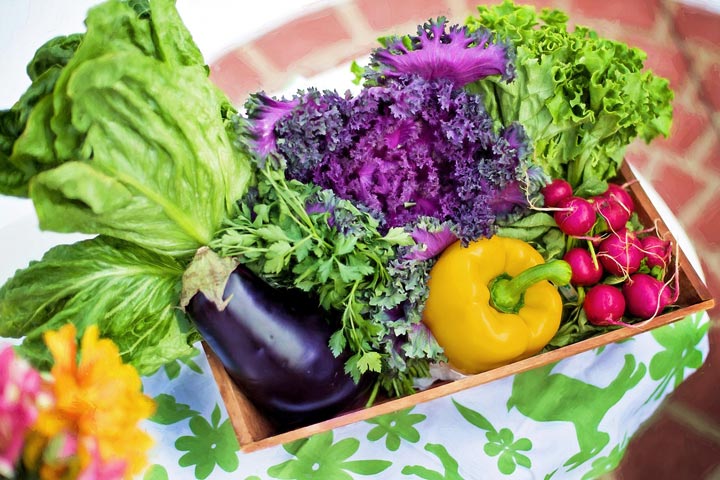
Leave a Reply